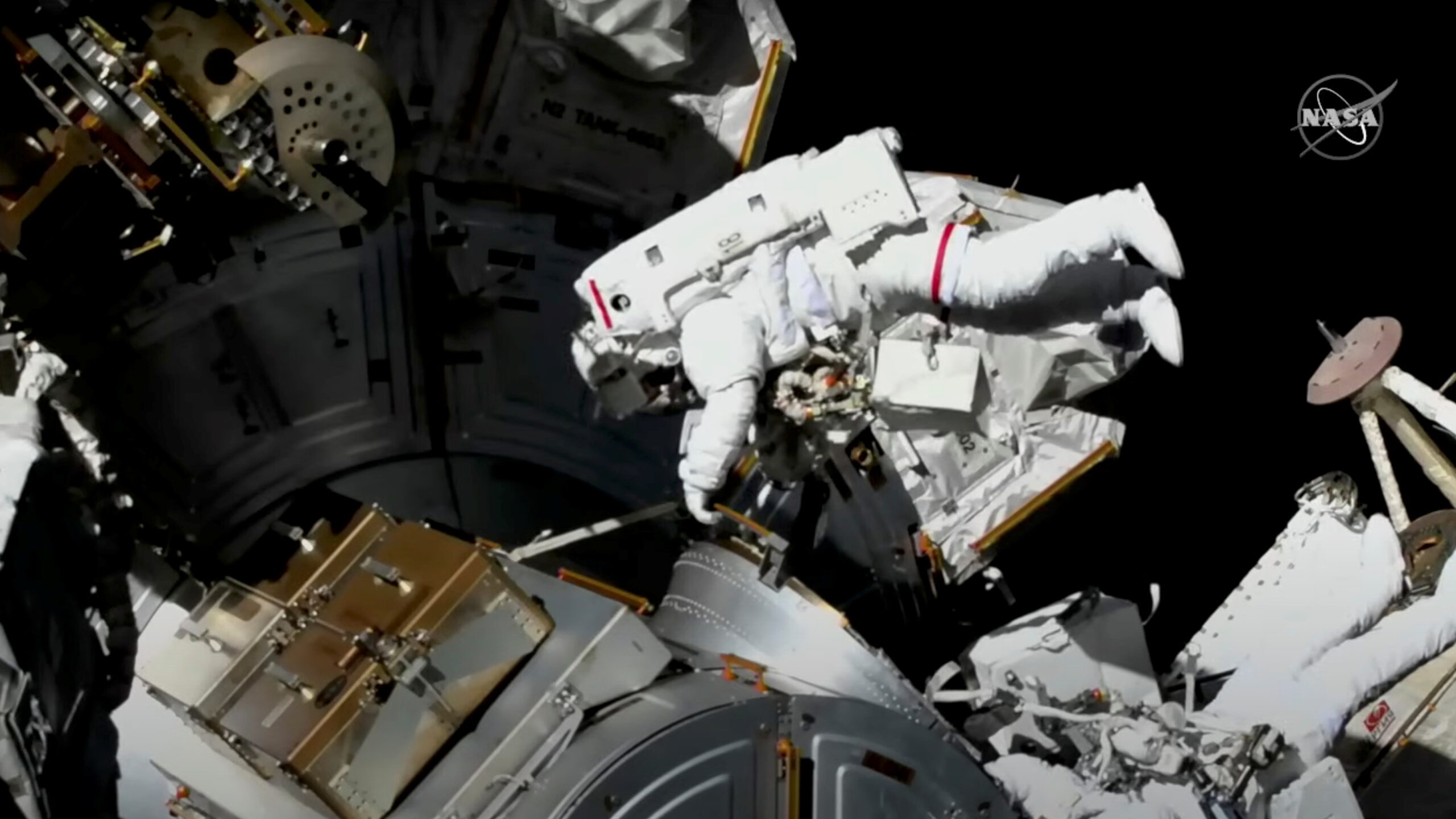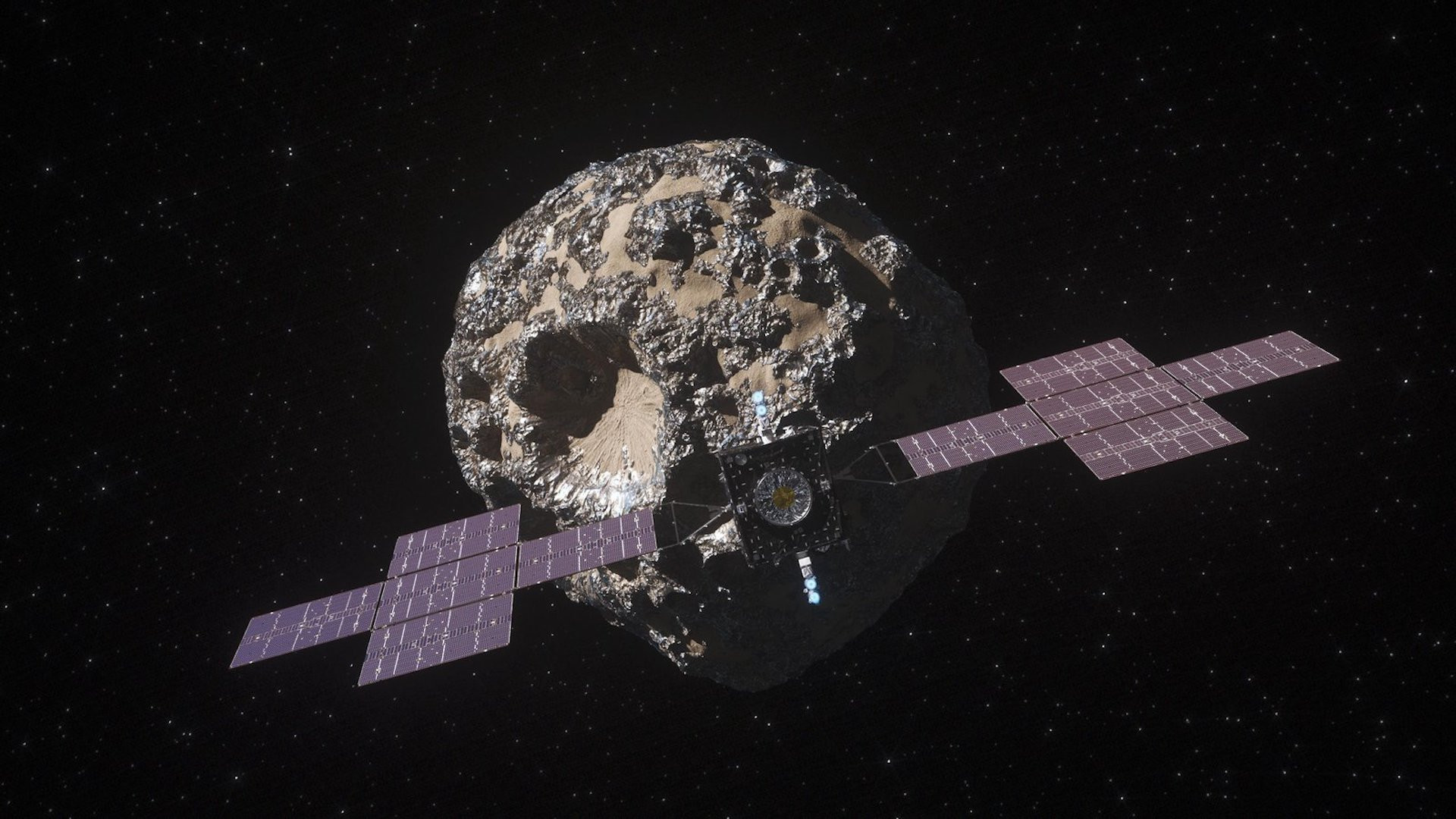Humanity often makes great progress within a century. As of 1923, humans never believed that we will be able to land the first crew on the lunar surface as a liquid propulsion rocket was yet to be invented at that time. If you check the fascinating progress, we have made on lunar exploration between 1923 to 2023, you should be expecting a promising future on the moon before 2123. So what will the lunar surface look like in the next 100 years? Continue reading to find out.
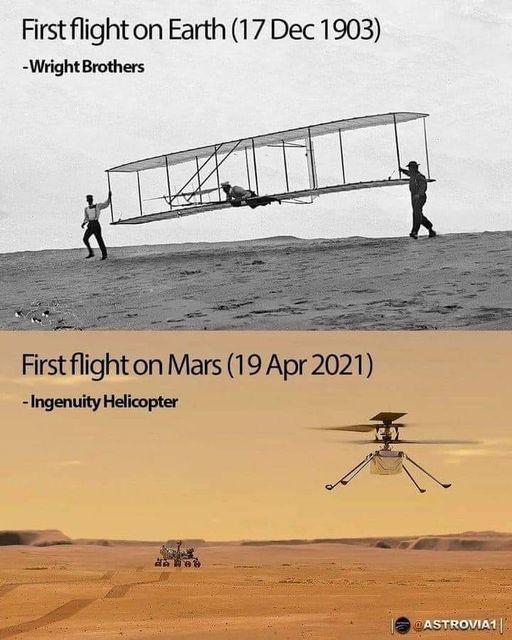
The Progress Made So Far To Return Humans To The Moon
Robert H. Goddard, an American engineer, physicist, professor, and inventor invented the first liquid-fueled rocket in 1926. It took humans less than five decades to improve this invention and use it to land the first humans on the moon in 1969. This first moon landing mission opened the gateway to a promising future for humans outside our home planet.
Going to the moon in the last century is one of the greatest achievement mankind ever accomplished in the history of humans on Earth. However, after the last crew of the Apollo Space program left the lunar surface in December 1972, no other humans have ever reached the lunar surface. This is because of budgeting and other challenges. However, the Artemis space program in which NASA has completed its first phase has given humans the hope of returning to the moon before the end of this decade.
The American Space Agency anticipates sending the first crew since the Apollo era during its Artemis 3 space mission in 2025 and the second crew during its Artemis 3 mission in 2027. The lunar gateway which NASA is building will help the agency in succeeding with its crewed missions to the moon in this decade. This implies that before 2030, humans must have visited the moon under Artemis space missions.
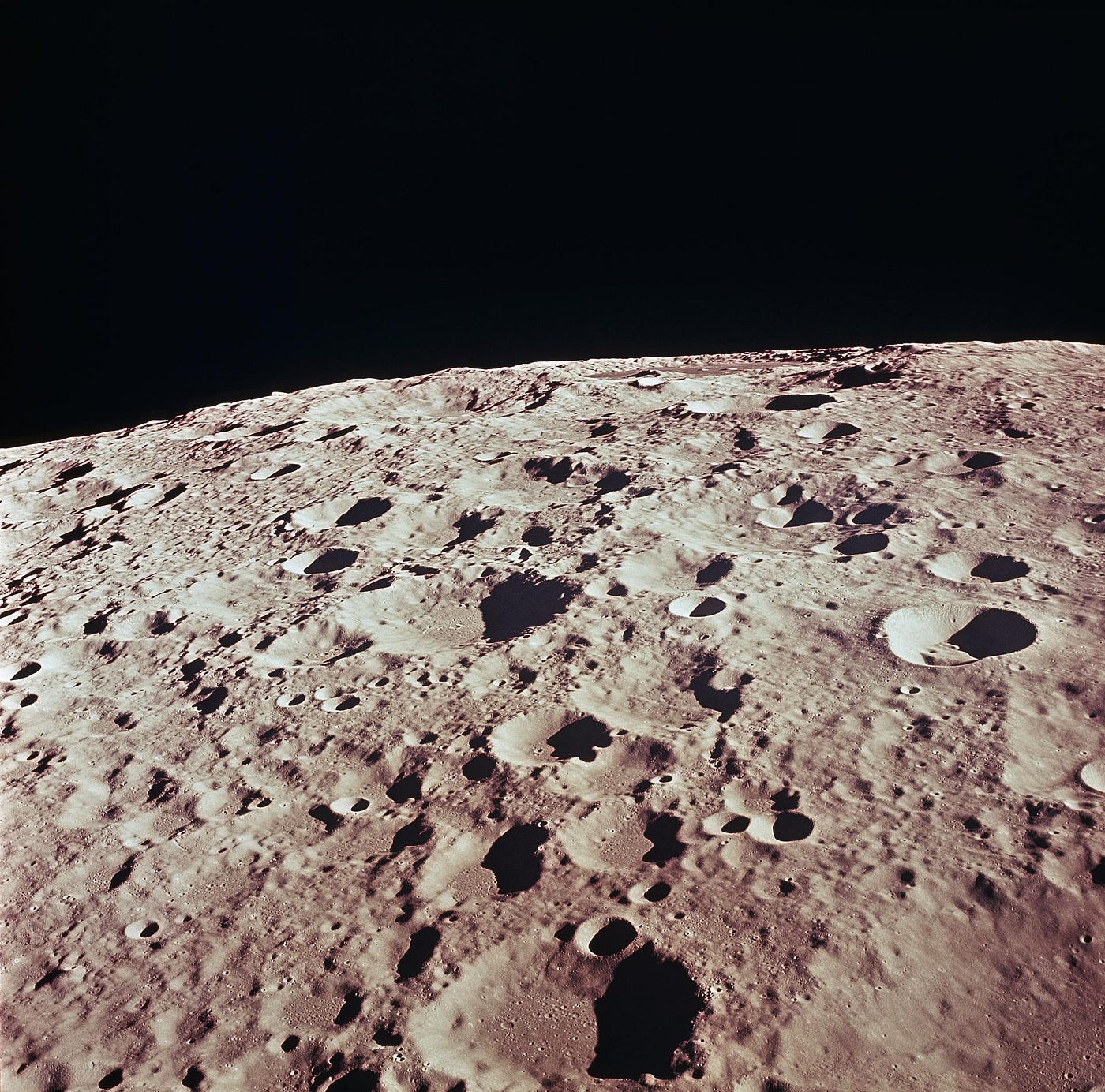
But what will happen next after these missions? NASA previously announced that it plans to establish a permanent human presence on the moon starting from the Artemis Space Program. From the look of things, the agency will not deviate from its words as several budgets have been channeled for the return of humans to the moon.
NASA is working with several commercial agencies including SpaceX for a lunar lander, Axiom Space for high-tech space suits, and other firms to ensure that it succeeds with its crewed missions to the moon. The partnership that exists between NASA and these agencies will make it possible for humans to return to the moon before the end of this decade.
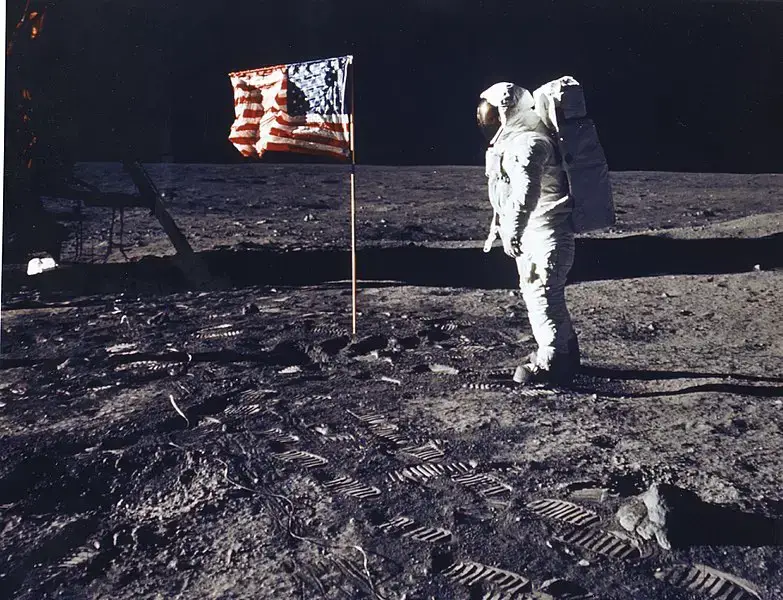
The Future Of Humans On The Lunar Surface
Sending humans to the moon comes with several challenges. Since the moon does not have an Earth-like environment that supports life, NASA and its partners will heavily rely on technologies to protect the crew throughout their stay on the lunar surface. After the first humans have visited the moon before 2030, NASA and other agencies will focus on building technologies that will make the hostile lunar surface hospitable for humans.
The American space agency anticipates landing its Artemis astronauts on Moon’s south pole as robotic missions have revealed abundant water in this region. This implies that future lunar habitats will be built within this region. However, building dome cities on the moon are more challenging compared to sending astronauts to the lunar surface. But despite these challenges, space agencies will confidently take advantage of robots in setting up the first dome habitats for scientists.
Since NASA is hoping to establish a permanent human presence on the moon, we should be expecting the first habitat on the moon before 2040. Just like the International Space Station, astronauts can live in this habitat and conduct experiments on the lunar surface. While they are inside the habitat, they will feel comfortable without putting on their space suits. However, they will have to wear their Extravehicular Activity spacesuits for outdoor activities.
Just like the ISS, NASA will continue to replace the astronauts with new crew members to achieve its goal of establishing a permanent human presence on the moon. In less than three decades of operating the International Space Station, space agencies were confident enough to allow space tourists with little or no experience to visit the station.
Ezoic
This implies that space tourists will also be allowed to visit the lunar habitats even before we celebrate 100 years of the first Apollo moon landing mission in 2069. If space tourism is extended from low earth orbit to the lunar surface, companies may see the need of setting up massive habitats to accommodate tourists and grow the space economy.
Hence, before the end of this century, we should be expecting several habitats on the lunar south pole for both astronauts and space tourists. Since the moon houses abundant natural resources, companies may commence with building industrial structures on the moon to harness some of these resources and officially commence with interplanetary trade.
How The Lunar Surface Will Look 100 Years From Now
Currently, we only have rovers exploring the lunar surface. However, in the next 100 years, we should be expecting a lot to change on the moon. First, humans will be living in space habitats built on the lunar south pole. Space agencies that powered these habitats will use the water in the south pole to generate oxygen and water for the people living in these habitats. Since the lunar soil does not support the growth of plants, astronauts living on the moon will use hydroponics to grow food in abundance on the moon.
Scientists at the European Space Agency recently created a new hydroponics method that future astronauts will use to grow food on the moon. What about electricity? Blue Origin, an American aerospace company recently announced an awesome way lunar explorers will create powerful solar cells using lunar regolith. These created solar cells will be powerful enough to provide constant electricity to the lunar occupants. Before the next 100 years, humans must have created other powerful technologies that will make life comfortable for humans living permanently on the moon.
Conclusion
Becoming multi-planetary species have been the primary goal of most scientists. From the look of things, we may succeed with this goal by starting with the Artemis space program. If space agencies can comfortably sustain humans on the moon before 2123, then we should be able to do the same on Mars and beyond. What are your thoughts on humans living on the moon?



